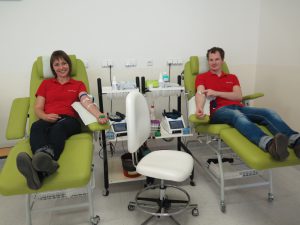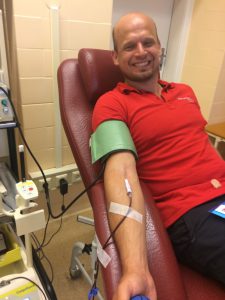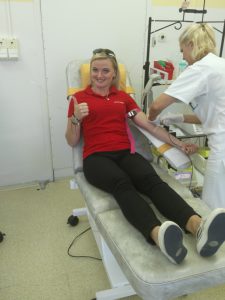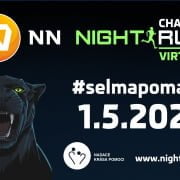We help with our own blood
We wanted to do a good deed and help. So we decided to go and donate blood collectively as a company. Blood is scarce, and it is an irreplaceable fluid that hospitals need to save lives. So every drop is preciou
Employees from all three of our branches participated in this event and visited blood transfusion departments in Prague, Zlín and Brno in the course of a single month. Overall, eight of us headed out to the transfusion departments to support this good cause. There were seasoned donors among us, but also colleagues who enjoyed their premiere and became proud first-time donors. They might not have dared to do so themselves, but with the support of the team, they overcame their fear and inhibition. And in the end, we had not only done a good thing, but we also had fun in process. Blood donation does not hurt, and it might be our blood that helps someone at some point. And one never knows when he will be in need of blood and his own life will depend on blood from another donor.
Blood can be donated by people between the ages of 18 and 65 who are healthy and weigh at least 50 kg. In the Czech Republic, blood group A is the most common and group AB is the least common. The blood of people with group 0 can be used for people with all the other blood types. It does not matter if you do not know your blood type. They can determine your blood type in the hospital. Prior to each donation, the donor must first fill in a questionnaire with questions about recent illnesses, injuries, drugs used, and questions about the donor’s most recent visits to foreign countries or different high-risk behaviours. If there are no obstacles preventing the donor from donating blood, the donor’s blood is then sampled for testing. The blood is tested for everyone and every time – both the blood of first-time donors and that of deserving visitors to transfusion stations. The results of the blood tests end up in an examination room, where they promptly call in one donor after the other to measure their blood pressure and look at their full blood count to determine whether it is okay. If there are no discrepancies in the results, the only thing remaining for the donor is to have a bread roll with tea as a refreshment followed by the actual blood collection.
Although it is true that the collection needle is about 3 times thicker than the one used for the blood test sampling, you only feel a slight sting. That’s all. An injury such as a “stubbed toe” is many times more painful. The blood collection process itself is very fast. At least 400 ml of blood must be collected within ten minutes. Otherwise the blood can not be used. It is thus important to drink enough fluids 12 hours before the blood is taken, so that the blood flows well. After that, the needle puncture point is treated, and it is recommended that the donor stay in the hall for 30 minutes in case of nausea. As a blood donor, the person is entitled to a day of work leave. So after the blood is taken, the donor can head home and rest for the remainder of the day.
For more information on blood donation, please visit the respective websites of the transfusion centres – for example, those visited by us:















